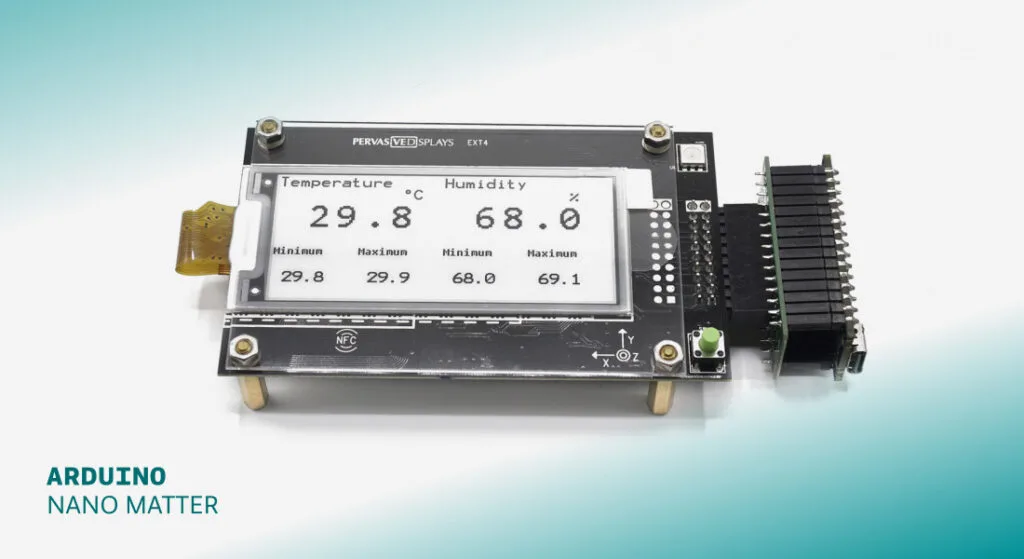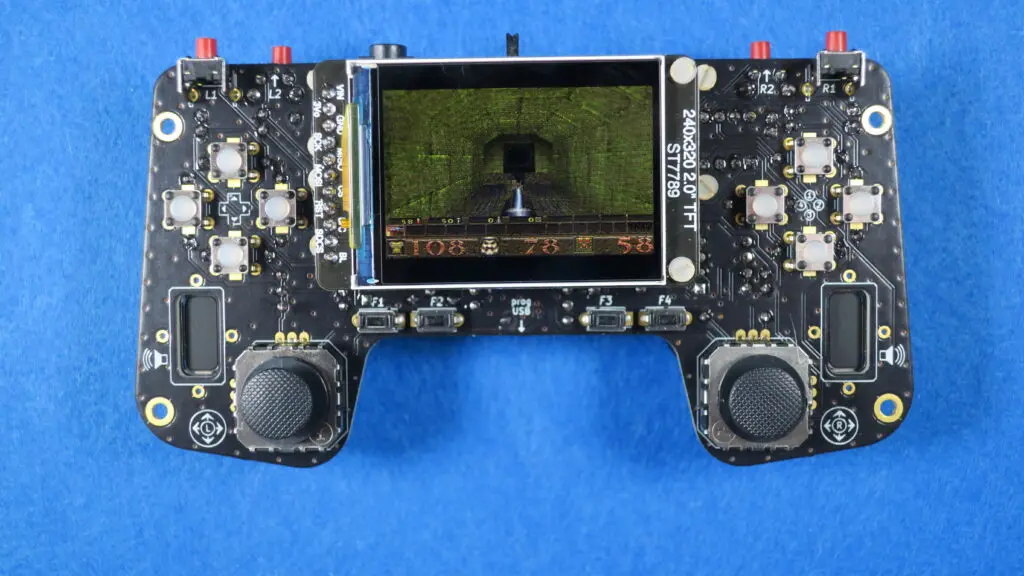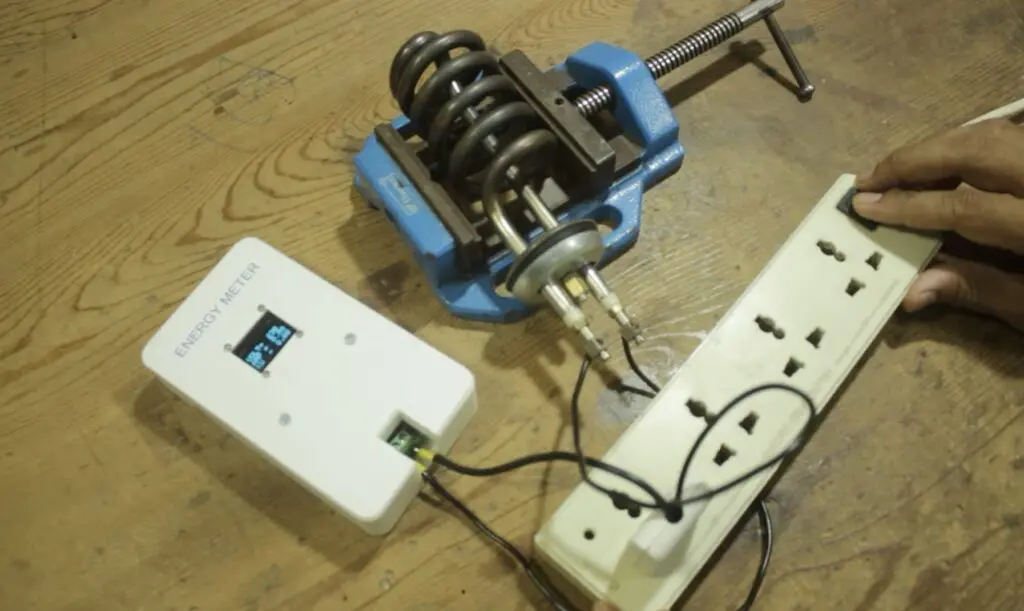Schlagwort: Nano Matter
-

Explore e-paper technology with Nano Matter and the new EPDK-Matter from Pervasive Displays
Reading Time: 2 minutesWe’re excited to share that Pervasive Displays has just launched the E-Paper Development Kit for Matter! This groundbreaking, self-contained kit is designed to revolutionize how smart home devices use e-paper displays, enhancing user experience while driving down energy consumption. Created in collaboration with us and our long-time partner Silicon Labs, this kit marks…
-

Bringing Quake to Arduino: a game-changing project by Nicola Wrachien
Reading Time: 2 minutesFollowing up on his successful Doom port last year, engineer Nicola Wrachien – who works at Silicon Labs, a leader in secure, intelligent wireless technology for a more connected world and long-time Arduino partner – has now tackled an even bigger challenge: porting Quake, the iconic 1990s’ first-person shooter, to an Arduino…
-

Easily build an energy meter with the Arduino Nano Matter
Reading Time: 2 minutesThe primary appeal of microcontrollers is their versatility. They are, essentially, the embedded equivalent of computers — general purpose devices that can perform a wide range of functions. And to get the most out of a microcontroller, you’ll also want connectivity suitable for your application. That’s why we released the Arduino Nano…


